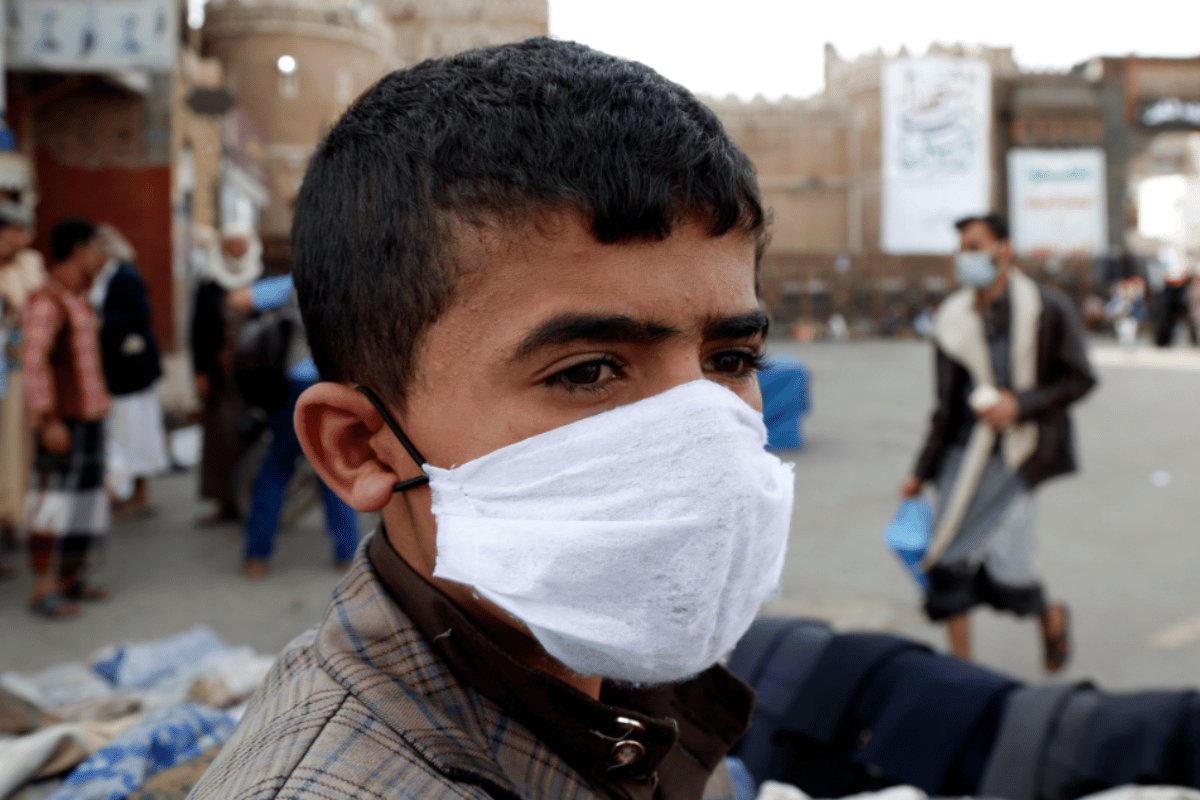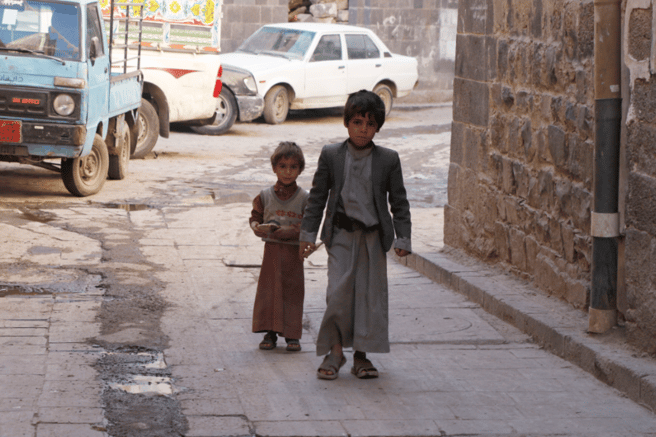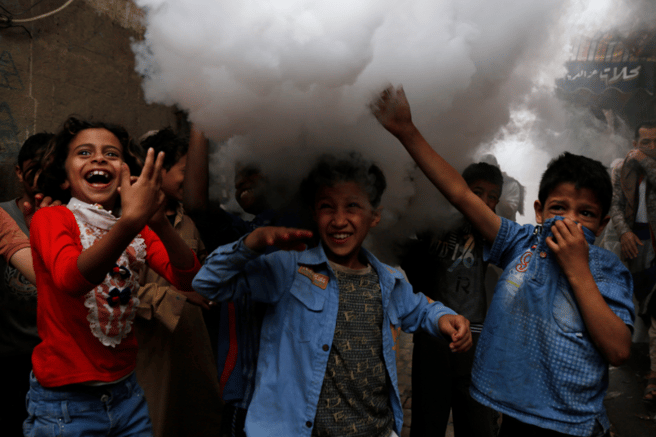
All over the world, the COVID-19 pandemic has decimated economies, livelihoods, and healthcare systems. More than 440,000 people have died after contracting the virus, with the impacts of pandemic likely to be felt for years.
But what happens when an emergency occurs in the context of another emergency? When a health crisis falls on a country already facing the largest humanitarian crisis in the world?
What is happening in Yemen has come and gone from the headlines multiple times over the years, but throughout June social media has started to stand up and take notice.


